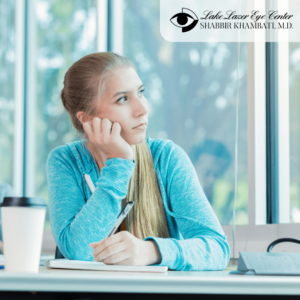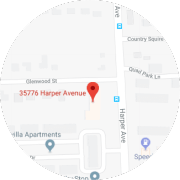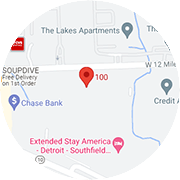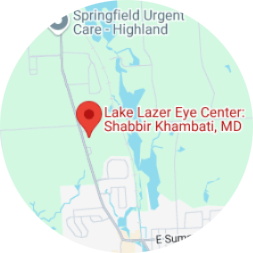
As a teacher or a parent, you want your students to achieve their academic goals and become lifelong learners. But how can you help them succeed in the classroom and beyond?
In honor of National School Success Month, here are some reminders of strategies you can use to support your students’ learning and motivation.
- Provide clear and specific feedback.
Feedback is one of the most powerful tools for learning, but it has to be timely, relevant and constructive. Feedback should focus on the strengths and weaknesses of the student’s work, not on their personality or character.
It should also provide guidance on how to improve and what to do next. For example, instead of saying “Good job!” or “This is wrong,” you can say, “You did a great job explaining the main idea of the text. To make your summary even better, you could add some details from the text that support your point.”
- Set high but realistic expectations.
Students are more likely to perform well when they have challenging but attainable goals. Setting high expectations shows you believe in your students’ potential and care about their progress. Setting unrealistic or vague goals can have the opposite effect and discourage students from trying.
To set effective goals, you should make them SMART: Specific, Measurable, Achievable, Relevant and Time-bound. For example, instead of saying “You should read more books,” you can say “You should read one book of your choice every month and write a short summary of what you learned.”
- Create a positive and supportive learning environment.
A positive and supportive learning environment is one where students feel safe, respected and valued. It is also one where students can collaborate, communicate and express their opinions without fear of judgment or ridicule.
To create such an environment, you should establish clear and consistent rules and routines, model and reinforce positive behaviors and attitudes, celebrate individuality, and encourage cooperation and teamwork.
- Use a variety of instructional methods and materials.
Different students have different learning styles, preferences and needs. Use a variety of instructional methods and materials to help reach all your students and cater to their diverse interests and abilities. For example, you can use lectures, discussions, demonstrations, simulations, games, videos, podcasts, slideshows, charts, graphs, diagrams, maps, images, texts, stories, poems, songs, etc.
You can also use different modes of delivery, such as face-to-face, online, hybrid, synchronous, asynchronous, etc. You can also differentiate your instruction by providing different levels of difficulty, complexity, support, choice, etc.
This varied approach has an additional bonus: Different modes of communication help you reinforce learning for students with learning disabilities or physical difficulties, such as poor hearing or eyesight.
- Enlist additional help when needed.
If you’ve implemented all of these approaches and have a student who is still struggling, consider whether hearing or vision issues could be hindering their ability to absorb information.
Make the student or parents aware of behaviors that may indicate a need for a doctor’s intervention, so that your instruction is as effective as it can be.
Students with poor eyesight will exhibit certain obvious and not-so-obvious behaviors:
- Squinting
- Leaning in too close
- Rubbing eyes
- Fidgeting
- Failing to focus on class activities
- Anxiety about reading assignments
Encourage students to keep up with annual eye examinations, even while away at college. Adult students may wish to consider LASIK in Detroit or another procedure to permanently correct refractive errors that are interfering with their academic success.
We appreciate our teachers and the hard work and sacrifices they make for our students.
Where would we be without our amazing teachers?! If you’ve thought of LASIK yourself, we would love to help you achieve the crisp, clear vision you deserve. Our SoftTouch LASIK procedure and SMILE procedure are laser treatments designed to be fast, precise and customized to the specific needs of your eyes. Recovery is quick – many patients are back to their normal activities the next day. We’ve helped many teachers improve their vision, and we’d love to help you too.
Click here to book a consultation with Dr. Khambati, or call (586) 792-3891 during business hours, and we’ll get you scheduled on a day and time that’s convenient for you. We also have special payment plans to make vision correction affordable for most budgets, so come see us and let’s talk about your vision goals.
Detroit LASIK center Lake Lazer Eye Center offers up-front pricing, and convenient and affordable payment plans for SoftTouch LASIK and the SMILE procedure. Dr. Khambati has helped thousands of people from all over the world escape the restrictions of glasses and contacts. In the event that you’re not a candidate for vision correction, we’ll assist you with a contact lens evaluation or a selection of designer and specialty eyewear.

 586-792-3891
586-792-3891




